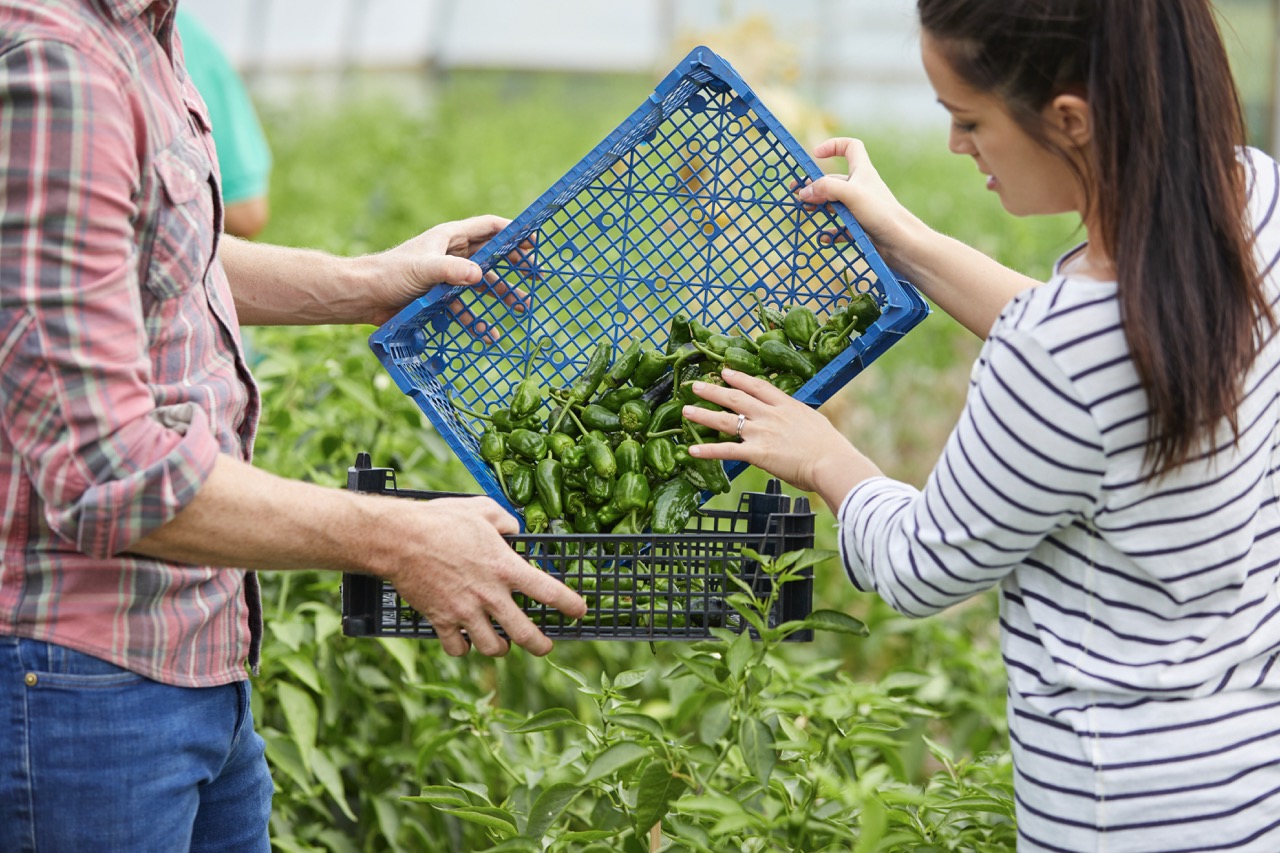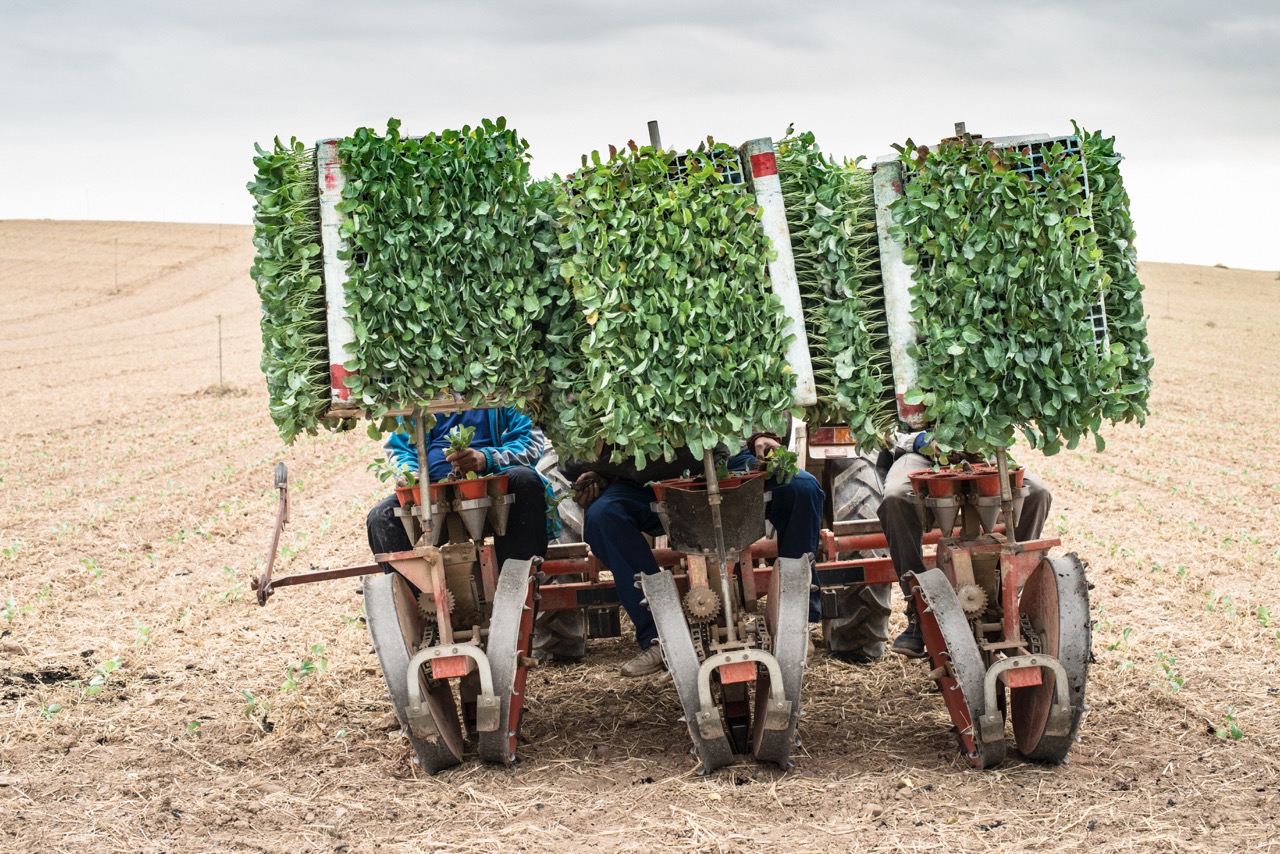As consumers become increasingly aware of where their food comes from, Community Supported Agriculture (CSA) programs have gained immense popularity in recent years. These initiatives create a direct link between local farmers and consumers, offering fresh, seasonal produce while fostering a sense of community. For those interested in starting a CSA program, understanding the fundamentals and executing a well-rounded plan is crucial. This article will guide you through the essential components of establishing a successful CSA, from understanding its principles to marketing your program effectively.
Understanding Community Supported Agriculture: A Primer
Community Supported Agriculture is a model that allows consumers to buy shares of a farm’s harvest in advance. This approach provides farmers with upfront capital and a guaranteed market for their products, while consumers enjoy fresh produce directly from the source. Typically, members of a CSA receive a weekly or bi-weekly share of seasonal vegetables, fruits, and occasionally, other farm products like flowers or dairy. This arrangement benefits both parties: farmers gain financial security while consumers gain access to fresh, high-quality food.
At the heart of the CSA concept lies the principle of community involvement. Members are not merely customers; they actively participate in the agricultural process. Many CSA programs encourage members to visit the farm, volunteer, and even engage in farm-related events. This sense of community deepens the connection between consumers and their food, promoting awareness about sustainable farming practices and seasonal eating.
Moreover, a CSA program can contribute positively to the local economy. By sourcing from nearby farms, these initiatives help keep money within the community and support local agricultural practices. This fosters a resilient food system that can withstand economic fluctuations while preserving the cultural and environmental integrity of the region. Understanding these foundational aspects of CSA is key to laying the groundwork for a successful program.
Key Steps to Launch Your Own CSA Program Successfully
Launching a CSA program requires careful planning and organization. The first step is to identify your target market and establish a clear mission for your program. Understanding the demographics of your potential members, such as families, health-conscious individuals, or environmentally aware consumers, will help you tailor your offerings. Draft a business plan that outlines your goals, pricing structure, and logistical considerations, such as how many members you aim to attract and the types of products you will offer.
Next, you’ll need to determine the structure of your CSA. Options include full shares, half shares, or customized boxes that allow members to choose their own produce. Consider the growing seasons in your area, and plan your harvest schedule accordingly. It’s also essential to set up a robust communication system with your members, providing them with information about what to expect each week, including recipes, storage tips, and farm news. This engagement will enhance members’ experience and foster loyalty.
Lastly, be prepared for the administrative side of running a CSA. This includes managing finances, tracking memberships, and ensuring compliance with local food safety regulations. Investing in software for member management and payment processing can streamline these tasks. Additionally, consider forming a volunteer team to help with operations, as this not only lightens the workload but also strengthens the community aspect of your CSA.
Engaging Local Farmers and Building Strong Partnerships
For a CSA to thrive, collaborating with local farmers is essential. Reach out to nearby farms that align with your values and have the capacity to supply produce or other goods for your program. Establishing strong partnerships with these farmers ensures a steady supply of products while allowing you to highlight their contributions in your marketing efforts. This connection can also help create a network of support among local agricultural producers, enhancing the resilience of your CSA.
Consider hosting meetings or workshops to engage with local farmers and gauge their interest in joining your CSA initiative. Open communication about expectations, pricing, and production capabilities is vital. Be transparent about the challenges of farming, as this fosters a collaborative spirit. For instance, farmers might face uncertainties in crop yields due to weather, and having a supportive partnership can help address these issues proactively.
Additionally, integrating local farmers into your CSA’s activities can enrich the experience for your members. Organize farm tours, harvest festivals, or cooking classes featuring local produce. This not only enhances member engagement but also builds a sense of community around the shared goal of supporting local agriculture. When farmers feel valued and connected to the CSA, they are more likely to invest their efforts into ensuring the program’s success.
Marketing Your CSA: Attracting Members and Growing Sustainably
Effective marketing is crucial for attracting members to your CSA program. Start by creating a strong online presence through a user-friendly website and active social media accounts. Share engaging content that highlights the benefits of joining a CSA, such as access to fresh, locally-sourced produce and the opportunity to connect with local farmers. Blog posts, photos, and videos showcasing your farm’s operations and seasonal offerings can enhance your marketing strategy by giving potential members a glimpse into your CSA.
Leverage grassroots marketing techniques, such as attending local farmers’ markets, community events, and food festivals. Set up a booth to provide information about your CSA and offer samples of your produce. Engaging with the community in these settings not only raises awareness but also builds trust and familiarity with your program. Consider collaborating with local chefs or food bloggers to create buzz around your CSA; their endorsements can help attract new members and showcase the quality of your products.
Finally, consider implementing a referral program to encourage existing members to share their positive experiences with friends and family. Offering incentives, such as discounts or additional produce, can motivate your current members to spread the word. By combining digital marketing strategies with community engagement and word-of-mouth referrals, your CSA program can cultivate a loyal membership base while promoting sustainable agricultural practices.
Starting a Community Supported Agriculture program is a rewarding endeavor that not only benefits farmers and consumers but also strengthens community ties. By understanding the principles of CSA, following systematic steps to launch your program, building strong partnerships with local farmers, and implementing effective marketing strategies, you can create a sustainable model that thrives. As the demand for locally grown produce continues to rise, establishing a CSA can be both a profitable venture and a vital contribution to the local food system. Start planting the seeds of your CSA today and watch your community flourish.









